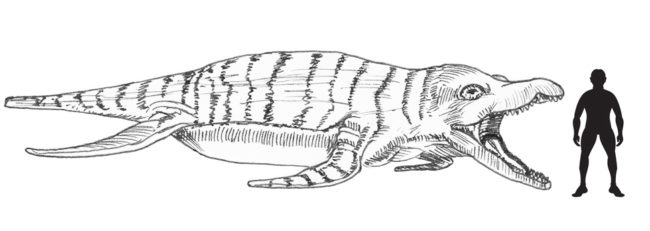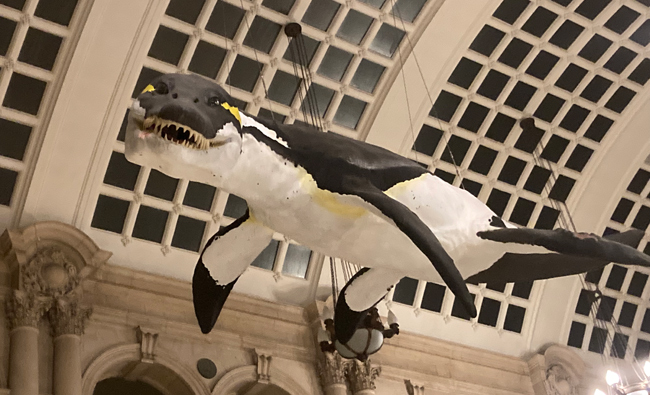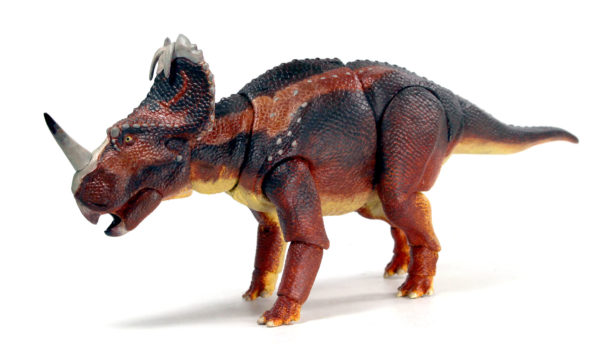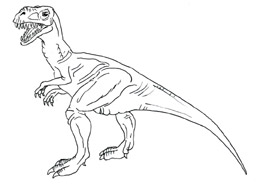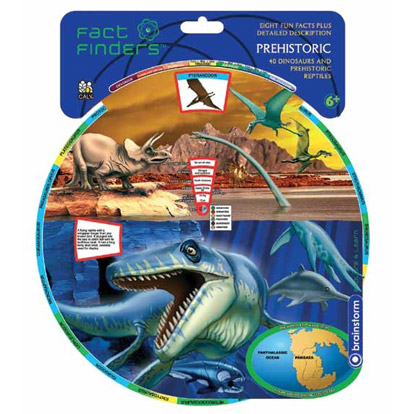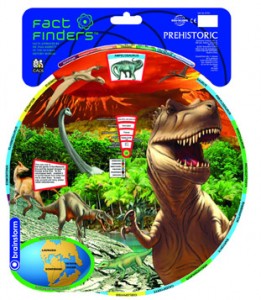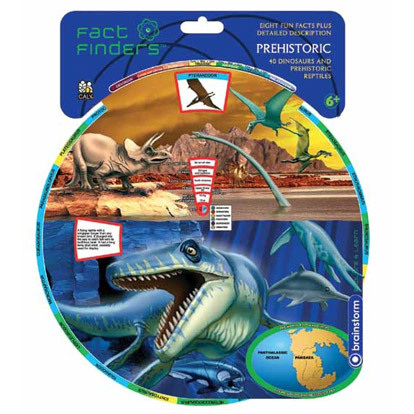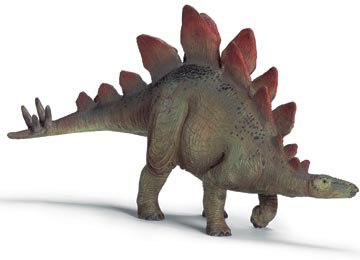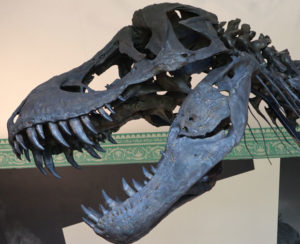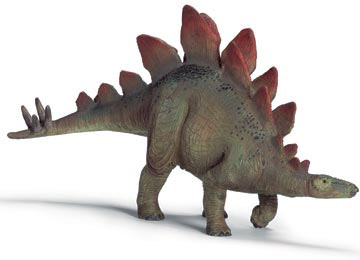Evidence of Chemical Warfare from the Mesozoic
Beetles with Chemical Weapons from the Age of Dinosaurs
Palaeontologists at Oregon State University have discovered a Cretaceous soldier beetle trapped in amber at the very moment it was operating its chemical defences to ward off an attacker. This is the earliest known fossil of this type of beetle and the first time that this sort of defensive behaviour has been captured in the fossil record.
Cretaceous Soldier Beetle
The soldier beetle, a relatively small insect by modern soldier beetle standards at just over 6mm long was apparently on a tree when it was threatened by a much larger insect, perhaps some sort of cockroach (judging by the long antenna also preserved in the fossil tree resin).
The preserved antenna indicate the attacker’s length at being between 50-75mm but that did not deter the soldier beetle as it operated its chemical defences, oozing a sticky, irritating substance from its abdomen in a bid to protect itself from becoming a meal. At the very moment the attack was launched, the soldier beetle was encased in tree sap which over millions of years formed amber, thus preserving this moment in time, allowing scientists to study it.
It is not known whether the attacking insect got away from the gooey sap as it crept down the tree trunk, only the antenna were trapped with the soldier beetle.
The Remains of the Attacker
Perhaps the remains of the attacker have also been preserved in another, now detached piece of amber, or more likely the larger insect was able to pull itself clear before becoming totally immersed in the adhesive sap, loosing its large antenna in the process.
The amber fossils date from approximately 100 million years ago (Cretaceous period) and have been sourced from Hukawng valley in Myanmar (formerly Burma). Professor George Poinar Junior, a visiting professor of zoology at Oregon State University and an expert in interpreting insect remains preserved in amber, led the research. His team’s findings have just been published in the Journal of Chemical Ecology.
A book review by Everything Dinosaur (fossil insects): Fossil Insects Book Review.
The scientists state that this discovery is the earliest fossil record of a chemical defence mechanism, indicating that this type of protective response, now common in insect taxa and amongst other animal species has been around for more than 100 million years.
Chemical Defences
Not only was this soldier beetle able to produce a chemical defence but close, microscopic study of the specimen indicates that the substance was only being released from the left rear of the insect. This may indicate that soldier beetles during the Cretaceous had already developed the ability to control the direction of release, making this an already highly evolved and sophisticated defensive mechanism.
Professor Poinar commented that the chances of this type of behaviour being caught in tree sap and then having appropriate environmental conditions to permit preservation of this event as amber, plus the chances of the amber being found and brought to the attention of scientists to study – were extremely remote. However, remarkable finds such as this one do turn up and give palaeontologists the opportunity to look through a window and observe events from the age of reptiles.
Studying Fossil Beetles
This fossil has pushed back the known existence of this type of beetle by about 60 million years. Although this genus of soldier beetle is now extinct, the soldier beetle family is widespread with many thousands of species located in Europe, Asia, Africa and the Americas.
Soldier beetles can be found in many gardens, in the UK the best time to see them is July and August. It is believed soldier beetles got their name as their bright shiny carapaces or elytra (wing cases) reminded early naturalists of the brightly coloured soldier’s uniforms that were worn at the time when the science of biology was beginning to develop in the western world.
Soldier Beetles in the UK
The common soldier beetle (Rhagonycha fulva), is ubiquitous within the United Kingdom. It is easily identified thanks to its bright red colouring and the black tips to its rear. This beetle, like many soldier beetles is an omnivore. It can be found sitting on top of large flowers such as cow parsley and hogweed preying on small flying insects that visit the flowers and it also feeds on nectar. They are rarely seen on their own but are often found with mates – hence their nickname “bonking beetles”.
The Same Chemical Defences
Many soldier beetles use chemical defences to protect themselves just like their Mesozoic ancestor. Their wing cases are quite soft and offer little protection and if you are going to sit out on a big flower head all day in a brightly coloured uniform you are going to need some form of protection to stop you ending up as someone else’s lunch.
It seems this form of sophisticated defence mechanism has been around for a lot longer than scientists thought. Not surprising really when you consider how long insects have been around, but it is interesting to speculate that this type of beetle with a predilection for sitting on flowers was around at the time when the first flowering plants were becoming established. Did this family of beetles take advantage of the new angiosperms and as a result were able to thrive and diversify themselves?
Visit Everything Dinosaur’s award-winning website: Everything Dinosaur.


